The Annapurna Conservation Area (ACA), nestled in the heart of Nepal, stands as a beacon of natural beauty and cultural richness. Established in 1986, the ACA is Nepal’s largest protected area, encompassing 7,629 square kilometers. This region, famous for its towering peaks, including Annapurna I (8,091 meters), the 10th highest mountain in the world, offers a unique blend of biodiversity and cultural diversity that attracts trekkers, researchers, and nature enthusiasts from around the globe.
Significance and History of Annapurna Conservation Area
The Annapurna Conservation Area is significant in both natural and cultural history. Its creation was a landmark achievement in Nepal’s conservation efforts, aimed at preserving the delicate ecosystems and the traditional lifestyles of the local communities. Managed by the National Trust for Nature Conservation (NTNC), the ACA pioneered a community-based conservation approach. This innovative model empowers local communities to take an active role in managing and protecting their natural resources, ensuring that conservation and development go hand in hand.
Geography and Climate of Annapurna Conservation Area
The geography of the ACA is as diverse as its flora and fauna. From sub-tropical lowlands to high alpine meadows, the region’s topography changes dramatically with altitude. This variation creates distinct climatic zones, each supporting different types of vegetation and wildlife. The lower regions experience a mild climate, with lush forests and terraced farms, while the higher altitudes are characterized by colder temperatures and rugged landscapes. The monsoon season, from June to September, brings heavy rains, while the autumn (October-November) and spring (March-April) seasons offer the best weather for trekking.
Biodiversity in Annapurna Conservation Area
The Annapurna Conservation Area is a biodiversity hotspot, home to a wide range of plant and animal species. Over 1,200 plant species, 102 mammals, 474 birds, 39 reptiles, and 22 amphibians have been recorded in the region. The ACA is particularly renowned for its rhododendron forests, which burst into vibrant colors during the spring. Wildlife enthusiasts can spot species like the snow leopard, Himalayan tahr, and blue sheep. The conservation area also provides a crucial habitat for several endangered species, making its preservation vital for global biodiversity.
Trekking Routes in Annapurna Conservation Area
Annapurna Circuit
The Annapurna Circuit trek is one of the most famous trekking routes in the world, offering an unparalleled experience of Nepal’s diverse landscapes and cultures. The trail encircles the Annapurna massif, taking trekkers through lush subtropical forests, alpine meadows, and arid high-altitude landscapes. Depending on the chosen itinerary, the circuit typically takes 15-20 days to complete. Highlights of the trek include crossing the Thorong La Pass (5,416 meters), visiting the sacred Muktinath Temple, and exploring the beautiful Manang Valley.
Annapurna Base Camp Trek
The Annapurna Base Camp (ABC) Trek, also known as the Annapurna Sanctuary Trek, is another popular route that leads trekkers to the heart of the Annapurna massif. This trek offers stunning views of some of the highest peaks in the world, including Annapurna I, Annapurna South, and Machapuchare (Fishtail Mountain). The trail passes through diverse landscapes, from terraced fields and rhododendron forests to high alpine meadows. The journey to the base camp, situated at 4,130 meters, typically takes around 7-12 days.
Ghorepani Poon Hill Trek
The Ghorepani Poon Hill Trek is shorter and relatively easier, making it an ideal choice for beginners or those with limited time. Despite its shorter duration, the trek offers breathtaking views of the Annapurna and Dhaulagiri mountain ranges. The highlight of the trek is the early morning hike to Poon Hill (3,210 meters), where trekkers are rewarded with a panoramic sunrise view over the Himalayas. The trek passes through charming villages, dense forests, and terraced farmlands, providing a glimpse into the local culture and lifestyle.
Other Popular Trails in Annapurna Conservation Area
In addition to the major trekking routes, the Annapurna Conservation Area boasts several other trails that offer unique experiences. The Mardi Himal Trek is a hidden gem that takes trekkers off the beaten path to the base of Mardi Himal. The Khopra Ridge Trek offers stunning views of the Annapurna and Dhaulagiri, which range from a less crowded trail. The Jomsom-Muktinath Trek is another popular route, combining natural beauty with cultural and religious significance. Each of these trails provides an opportunity to explore the diverse landscapes and cultures of the Annapurna region.
For more trekking trails in the Annapurna Region, kindly check our Annapurna Trek
Poon Hill: A Trekker’s Paradise
Introduction to Poon Hill
Poon Hill is one of the most popular trekking destinations in Nepal, renowned for its spectacular sunrise views over the Annapurna and Dhaulagiri mountain ranges. Located at an altitude of 3,210 meters, Poon Hill offers a panoramic vista that attracts trekkers from all over the world. The trek to Poon Hill is relatively short and accessible, making it a favorite among both novice and experienced trekkers.
Best Time to Visit
The best time to visit Poon Hill is during the autumn (October-November) and spring (March-April) seasons. During these periods, the weather is generally clear, and the views of the mountains are unobstructed. The rhododendron forests along the trail are in full bloom during the spring, adding a splash of color to the landscape. While the winter months (December-February) can be cold, they offer clear skies and fewer crowds. The monsoon season (June-September) brings heavy rains, making the trails slippery and the views obscured by clouds.
Trekking Experience
The trek to Poon Hill typically starts from the village of Nayapul, with the trail winding through beautiful forests, terraced fields, and traditional Gurung and Magar villages. The path is well-marked and relatively easy to follow, with several guesthouses and teahouses providing accommodation and meals along the way. The final ascent to Poon Hill is usually done in the early morning to catch the sunrise. The climb is steep but short, and the reward is a breathtaking view of the sun rising over the snow-capped peaks, illuminating the Annapurna and Dhaulagiri ranges in a golden glow.
What to Expect
Trekkers can expect a journey filled with natural beauty and cultural encounters. The trail passes through lush forests teeming with wildlife, including various species of birds and butterflies. The villages along the route offer a glimpse into the traditional way of life of the local communities. Trekkers will be able to interact with the friendly locals, sample delicious Nepali cuisine, and experience the warm hospitality the region is known for. The highlight, of course, is the sunrise view from Poon Hill, which is an experience that will stay with trekkers long after they have left the mountains.
Cultural Aspects of the Annapurna Region
Local Communities in Annapurna Conservation Area
The Annapurna region is home to a rich tapestry of ethnic groups, including the Gurung, Magar, Thakali, and Manangba communities. Each of these groups has its unique traditions, languages, and cultural practices. The Gurung and Magar communities are predominantly found in the lower regions, where they practice subsistence farming and animal husbandry. The Thakali people are known for their entrepreneurial spirit and have traditionally been involved in trade and commerce. The Manangba community, residing in the higher altitudes, has a unique culture influenced by Tibetan Buddhism.
Traditions and Festivals in Annapurna Conservation Area
The cultural calendar of the Annapurna region is filled with vibrant festivals and traditional ceremonies. Dashain and Tihar are two major Hindu festivals celebrated with great enthusiasm. Losar, the Tibetan New Year, is another important festival, especially in the Tibetan Buddhist communities’ higher altitudes. During these festivals, villages come alive with music, dance, and feasting. Traditional ceremonies, such as the Ghatu dance performed by the Gurung community, provide a fascinating insight into the local customs and beliefs.
Cuisine and Local Delicacies in Annapurna Conservation Area
The cuisine of the Annapurna region is as diverse as its culture. Traditional dishes such as dal bhat (rice with lentil soup), momo (dumplings), and thukpa (noodle soup) are staples in the local diet. Each ethnic group has its unique culinary traditions. The Thakali cuisine, for instance, is renowned for its flavorsome and balanced dishes, often served with a variety of pickles. Local delicacies such as yak cheese, dried meat, and homemade bread add to the gastronomic delight of trekking in the region.
Cultural Etiquette for Trekkers in Annapurna Conservation Area
Respecting the local culture and traditions is essential for trekkers visiting the Annapurna region. Simple gestures, such as greeting locals with a “Namaste” and dressing modestly, go a long way in showing respect. It is also important to seek permission before taking photographs of people, especially in religious sites. Engaging with the local communities respectfully and culturally sensitively enhances the trekking experience and helps build positive relationships between visitors and hosts.
Flora and Fauna in the Annapurna Conservation Area
Plant Species
The Annapurna Conservation Area is a botanical paradise, with many plant species thriving in its diverse climatic zones. The lower regions are characterized by lush subtropical forests, home to species such as sal, chir pine, and rhododendron. As the altitude increases, the vegetation transitions to temperate forests dominated by oak, maple, and magnolia. Higher up, the landscape is dotted with alpine meadows and dwarf shrubs. The rhododendron forests, in particular, are a highlight, with over 30 species of rhododendron found in the ACA.
Wildlife
The rich biodiversity of the Annapurna Conservation Area extends to its wildlife. The region is home to several iconic species, including the elusive snow leopard, the Himalayan tahr, and the blue sheep. Birdwatchers can spot over 474 bird species, including the colorful Himalayan monal, Nepal’s national bird. The ACA also supports a variety of reptiles and amphibians, adding to its ecological diversity. The conservation efforts in the region aim to protect these species and their habitats from threats such as poaching and habitat destruction.
Conservation Efforts in Annapurna Conservation Area
The Annapurna Conservation Area has been a pioneer in community-based conservation. The involvement of local communities in managing natural resources has been key to the success of conservation efforts. Various programs have been implemented to promote sustainable agriculture, reforestation, and eco-tourism. The establishment of conservation committees in each village ensures that the local population actively participates in protecting their environment. These efforts have helped preserve the region’s biodiversity and improved the livelihoods of the local communities.
Endangered Species in Annapurna Conservation Area
Several species within the Annapurna Conservation Area are classified as endangered, highlighting the importance of ongoing conservation efforts. The snow leopard, one of the region’s most iconic inhabitants, is listed as vulnerable due to habitat loss and poaching. Other endangered species include the red panda, Himalayan musk deer, and cheer pheasant. Conservation initiatives focus on habitat protection, anti-poaching measures, and community awareness programs to safeguard these species and ensure their survival for future generations.
Preparing for Your Trekking in Annapurna Conservation Area
Physical Preparation
Trekking in the Annapurna Conservation Area can be physically demanding and requires good fitness. Starting a fitness regimen several months before the trek is advisable, focusing on cardiovascular exercises, strength training, and endurance. Activities such as hiking, running, and cycling help build stamina and prepare the body for the challenges of trekking at high altitudes. Mental preparation is equally important, as the trek can be physically and mentally challenging.
Packing Essentials
Packing the right gear is crucial for a successful trekking experience. Essential items include:
- Sturdy trekking boots
- Warm clothing (layers)
- Waterproof jacket and pants
- Sleeping bag
- Trekking poles
- First aid kit
- Sunscreen and sunglasses
- Water purification tablets
- Snacks and energy bars
- A well-prepared packing list ensures that trekkers can handle the Annapurna region’s varying weather conditions and terrain.
Permits and Regulations to enter Annapurna Conservation Area
Trekking in the Annapurna Conservation Area requires obtaining the necessary permits. Trekkers need the Annapurna Conservation Area Permit (ACAP) and the Trekkers’ Information Management System (TIMS) card. These permits help regulate the number of trekkers in the region and contribute to conservation efforts. It is important to carry these permits at all times and comply with the regulations set by the authorities. Trekkers should also be mindful of local customs and traditions, ensuring their presence does not disrupt the local way of life. To learn about all the permits and regulations, you can check the official link of the Nepal Tourism Board.
Health and Safety Tips for Trekking in Annapurna Conservation Area
Ensuring health and safety during the trek is paramount. Trekkers should know the risks of high-altitude trekking, such as altitude sickness. Proper acclimatization, staying hydrated, and listening to the body are important. Carrying a basic first aid kit and knowing how to use it can be life-saving. Trekkers should also be prepared for unpredictable weather conditions and have a plan in case of emergencies. Hiring a local guide or joining a trekking group can enhance safety and provide valuable regional insights.
For more tips and tricks on trekking in the Annapurna region, check out our trekking package, which includes essential information on different trekking routes.
Impact of Tourism on the Annapurna Region
Positive Impacts in Annapurna Conservation Area
Tourism has had several positive impacts on the Annapurna region. It has created job opportunities and improved the livelihoods of local communities. The revenue generated from tourism supports infrastructure development, such as roads, schools, and healthcare facilities. Tourism also promotes cultural exchange, allowing visitors to learn about the local traditions and customs. The emphasis on eco-tourism and responsible travel has helped raise awareness about the importance of conservation and sustainable practices.
Negative Impacts in Annapurna Conservation Area
Despite the positive contributions, tourism also poses challenges to the Annapurna region. The influx of trekkers can lead to environmental degradation, such as littering and deforestation. The demand for resources, such as firewood and water, can strain the local environment. Overcrowding on popular trekking routes can disrupt the natural habitat and wildlife. The cultural impact of tourism, such as the commercialization of traditions and loss of authenticity, is another concern. Addressing these challenges requires a balanced approach to tourism management and conservation.
Sustainable Tourism Practices in Annapurna Conservation Area
Promoting sustainable tourism practices is essential for minimizing tourism’s negative impacts. Trekkers can contribute by following Leave No Trace principles, such as packing out all waste and minimizing their environmental footprint. Supporting local businesses and choosing eco-friendly accommodations help boost the local economy while reducing the environmental impact. Educating trekkers about the importance of conservation and cultural sensitivity enhances their travel experience and fosters a sense of responsibility towards the region.
Future Prospects of Annapurna Conservation Area
The future of tourism in the Annapurna region depends on finding a balance between development and conservation. Efforts to promote sustainable tourism, enhance community participation, and implement effective management strategies will be crucial. The focus on eco-tourism and responsible travel can help preserve the region’s natural and cultural heritage. Continued investment in infrastructure and capacity-building will ensure that the benefits of tourism are distributed equitably among the local communities. The Annapurna region has the potential to remain a top trekking destination while preserving its unique charm and biodiversity.

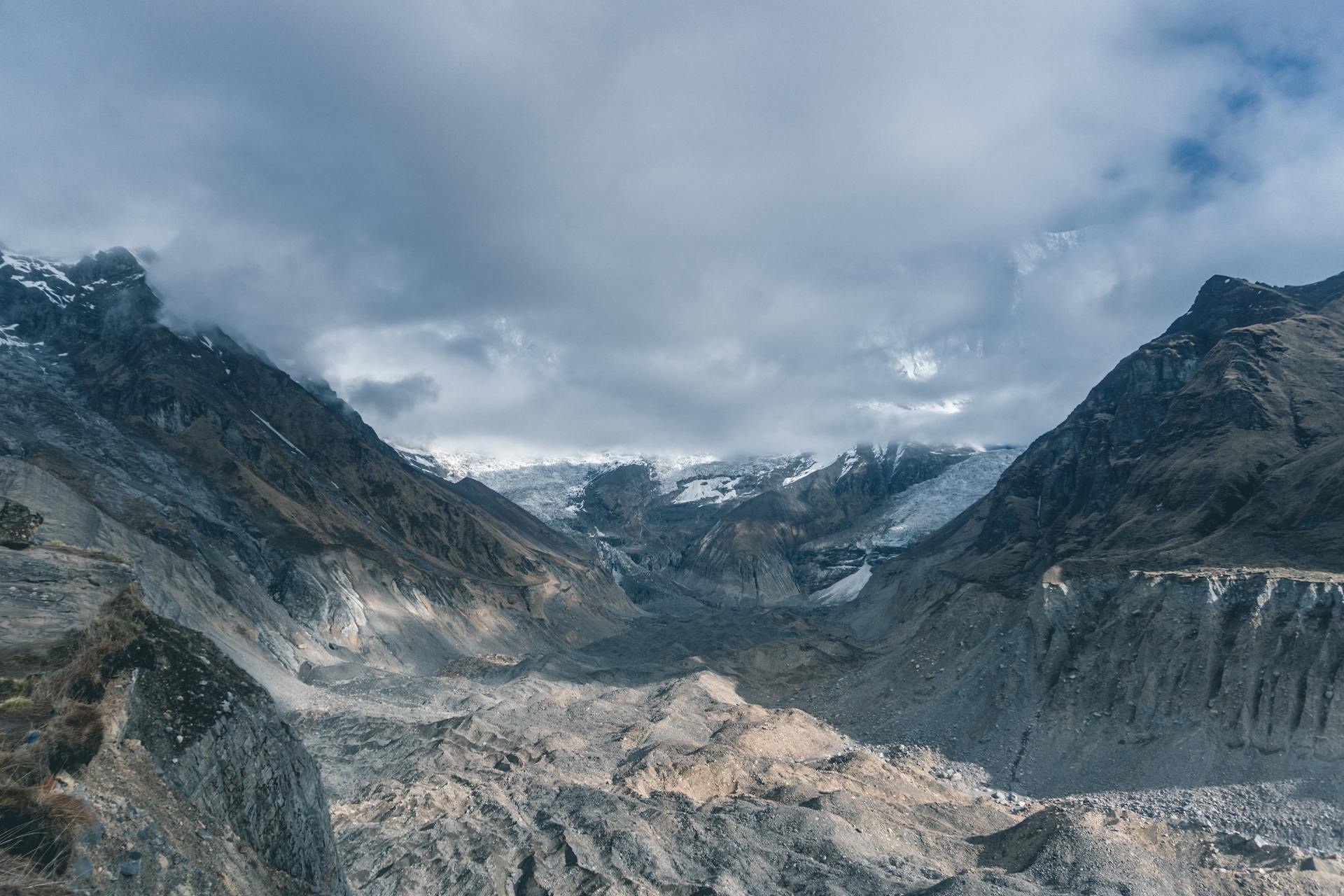
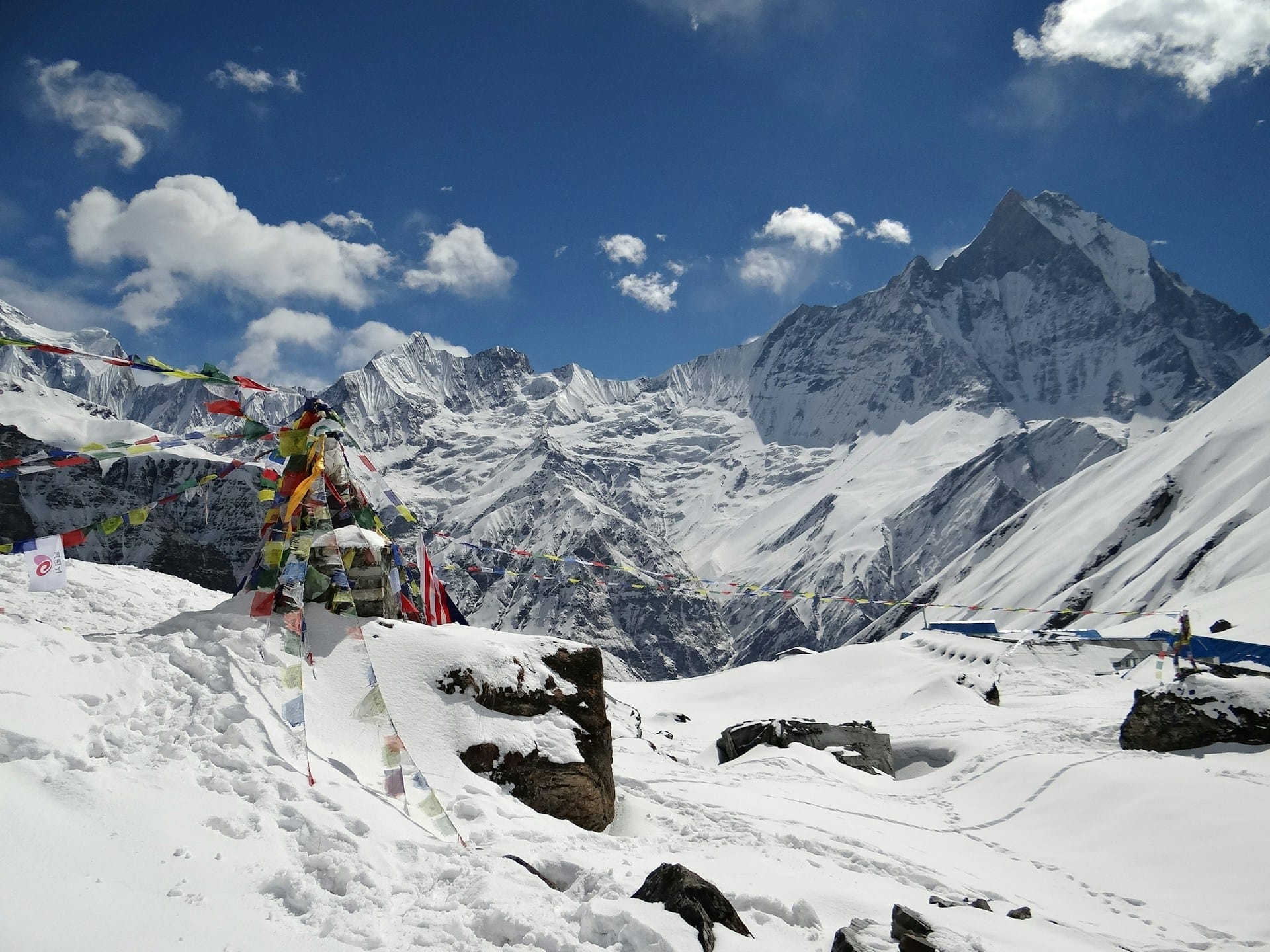
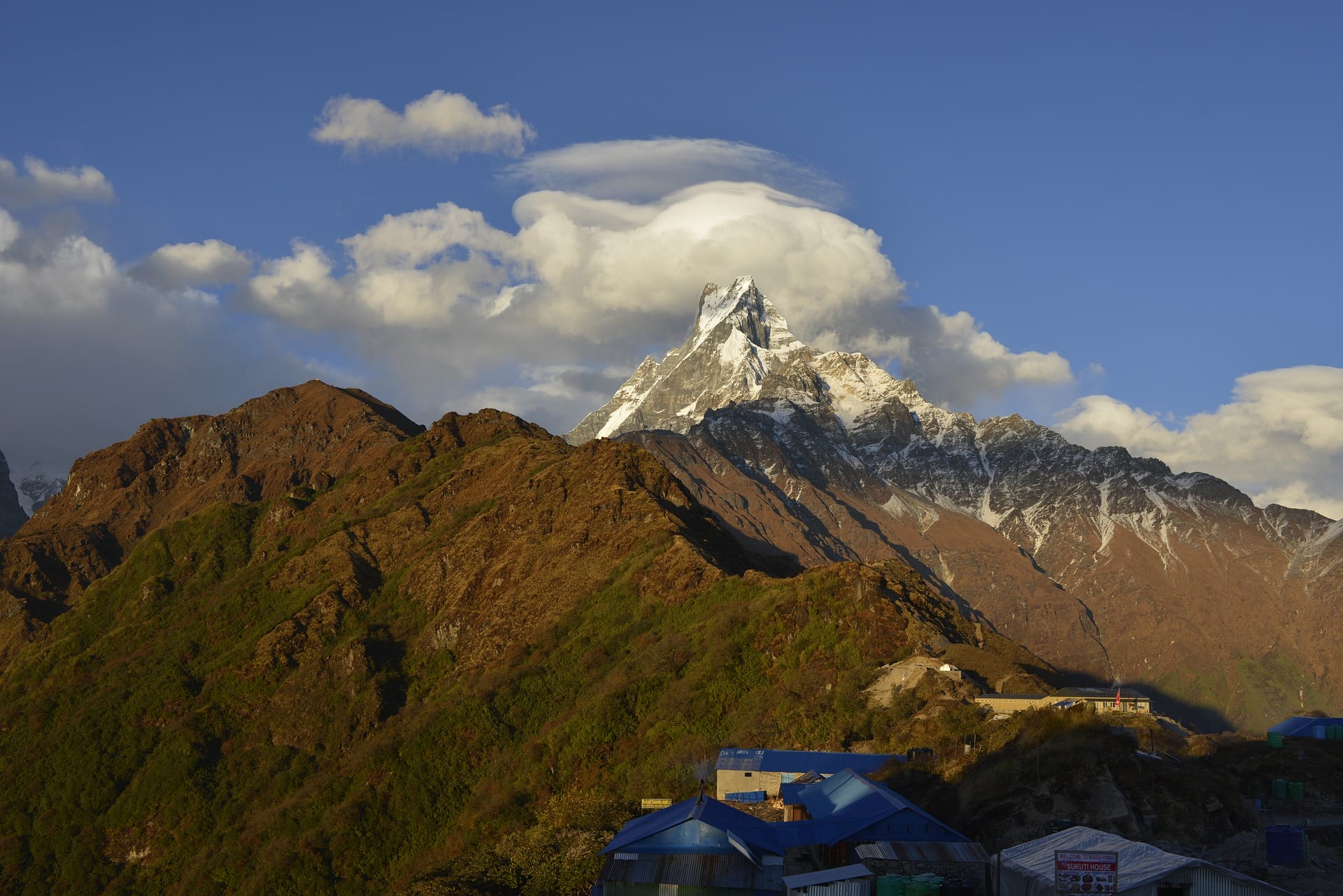
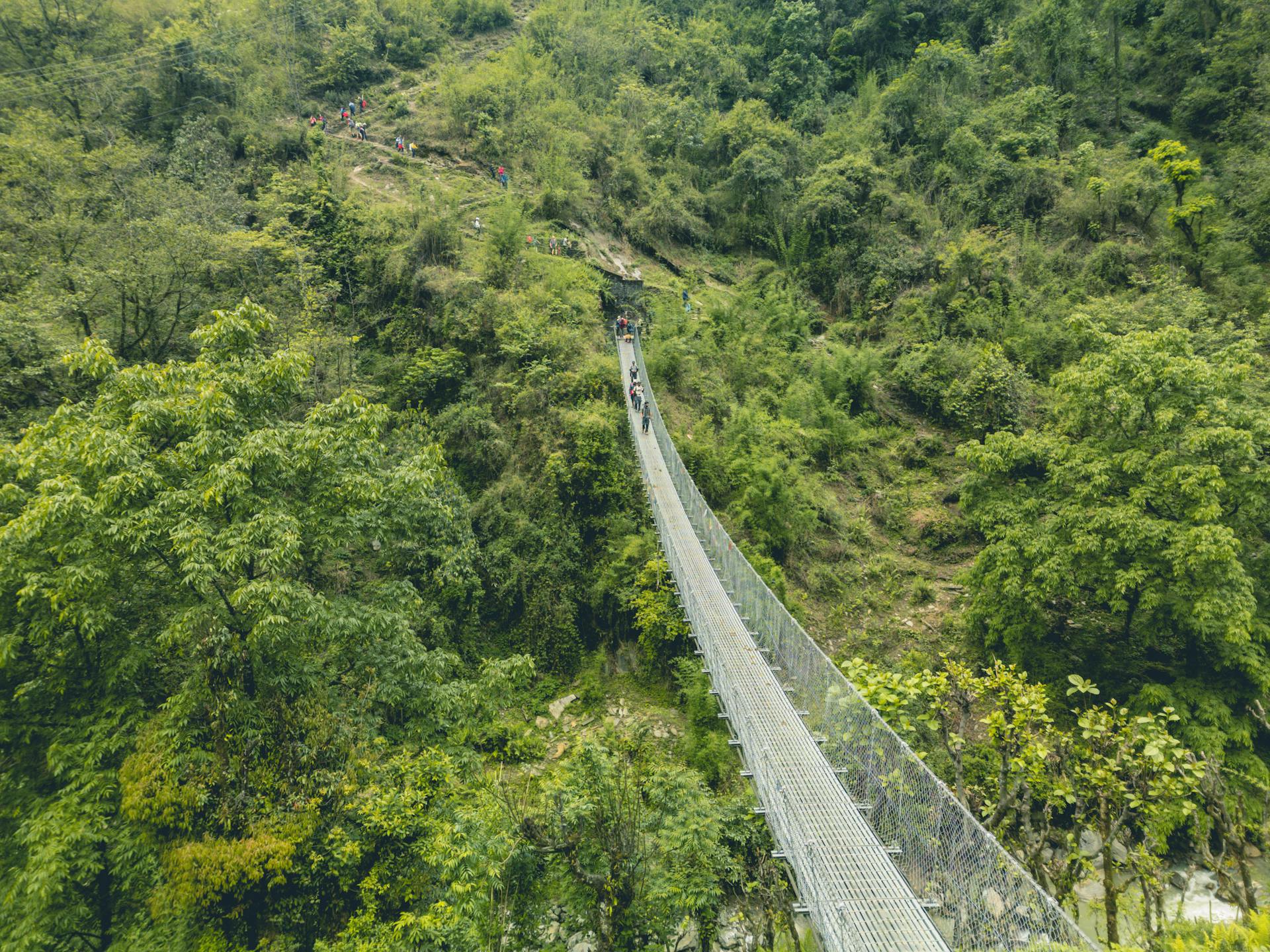
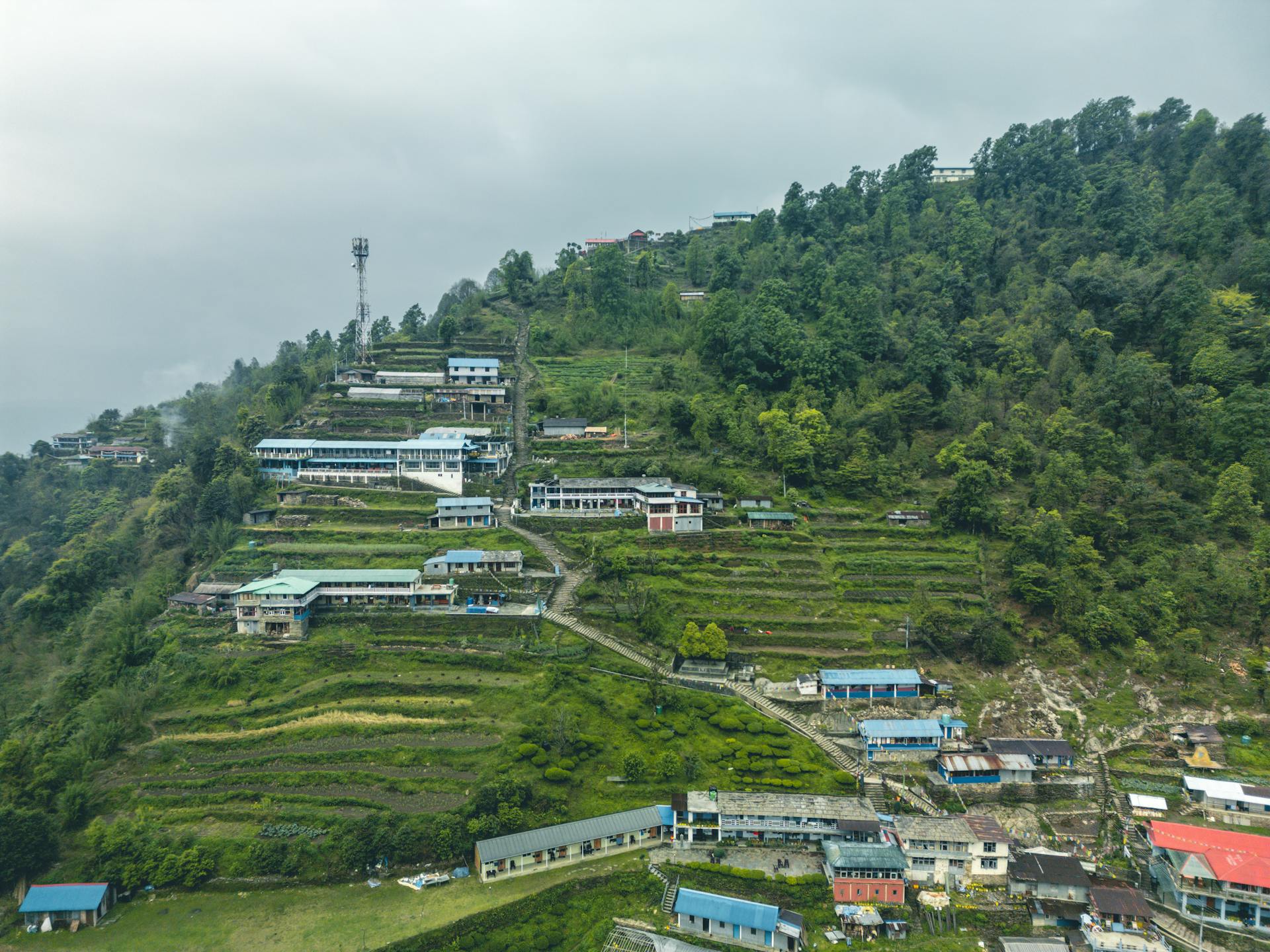

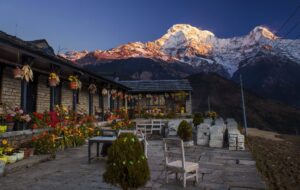
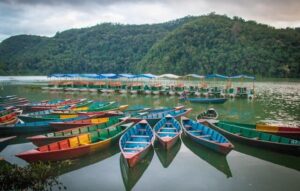


0 Comments